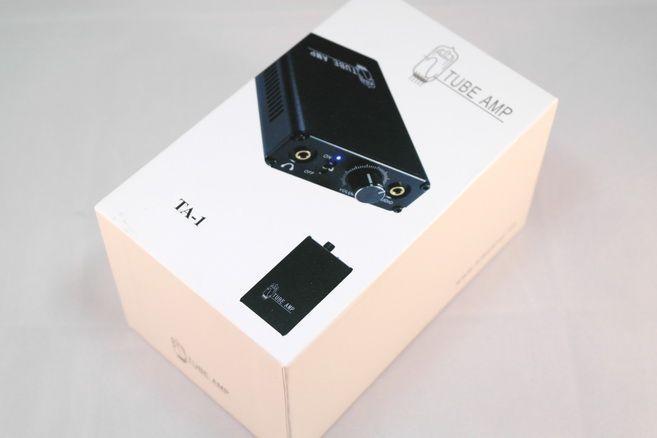
Spec
Input Sensitivity: 220mV
Rated Output Power: 2 x 450mW
Frequency Response: 20Hz – 80kHz (-1dB)
THD: Less than 0.001% (1kHz, 2.5V)
SNR: More than 106dB
Recommended Headphone Impedance: 16 ~ 300ohm
Battery Life: Over 10 hours
Weight: 250g
Size: 110 x 70 x 25mm
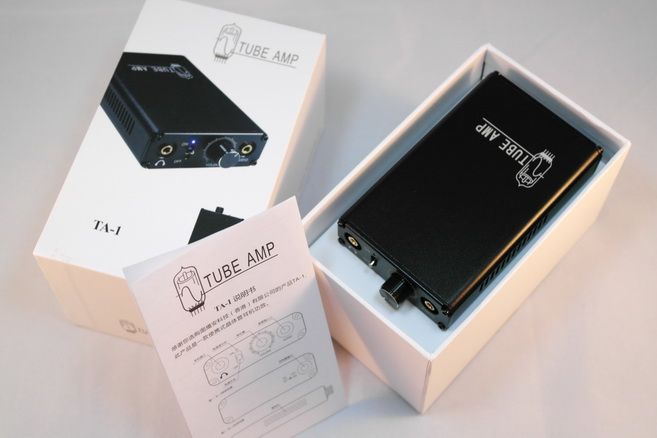
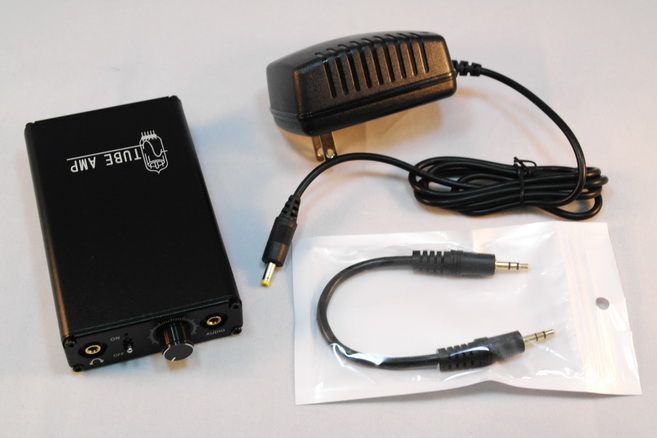
Accessories and Build Quality
Unlike the BL-2 which has a more luxurious pleather box, the TA-1 comes only in white hard paper box. Inside, there are only the charger and a short, though good quality 3.5mm interconnecting cable. The charger, which is the same from BL-2, pumps out 13.8V. That means you have to carry it around when travelling in order to recharge the amp. The good news are that TA-1 runs much longer than BL-2 (10+hrs vs. 3.5hrs) and much colder. So travelling is much less an issue, even though the two share the same large housing and about the same weight.
Build quality is on par with its elder sibling the BL-2: solid, tank-like, and definitely not flashy or eye catching. As mentioned earlier, one of the main selling points of the TA-1 is its full discrete topology. You won’t find an opamp anyway in the circuit. As far as I know, there is only one other commercially available portable amp that employs a full discrete headphone amp circuit and it is the Audio-gd NFB-16. But given NFB-16 has the size of a small desktop amp (and larger than four TA-1 together), it is really hard to classify it as portable except for the fact that it does operate on battery.

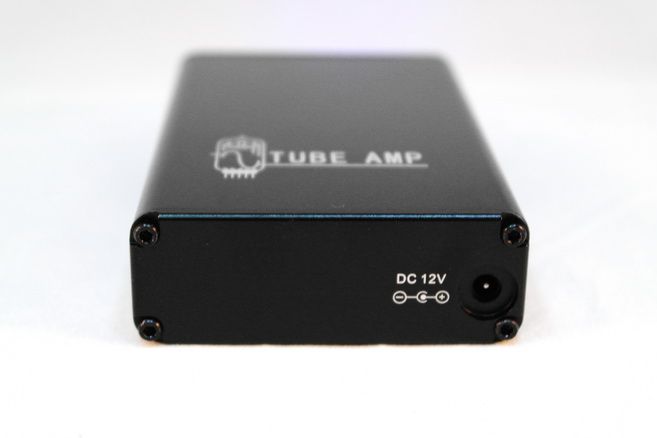
Gain, EMI and Hiss
Maximum gain is at an exceedingly high +22.5dB, which is probably more suitable for slightly inefficient full size rather than overly sensitive IEM as you might not get pass 9 o’clock on the volume pot most of the time. We have seen the same issue on the BL-2 but at least BL-2 is lower in overall gain (+19dB). I really wish Tube Amp can implement a gain switch as given the majority of headphone out there don’t really need that much gain.
EMI is decent - audible but low enough not to be annoying or get into the way. There is a very faint hiss that is inaudible to most except for the most sensitive of IEM. Oddly enough that this very faint hiss will go away once the volume increases (*generally it is the opposite that happens), which I guess is a good thing.
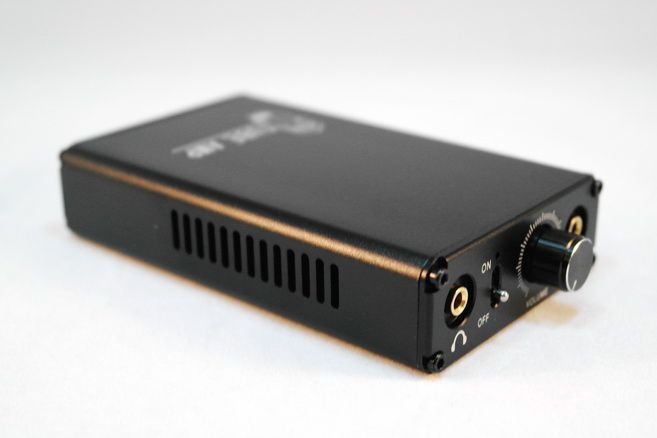

Size comparison (from left): FireStone FireyeHD, FiiO E12, TA-1, Leckerton Audio UHA-4, BL-2.
Sound Quality
Let starts with some of the more objective aspects of the TA-1. First, the amp measured fairly flat on RMAA. It has a very slight incline going upward but it is so small (0.1~0.2dB) that it should be inaudible. There is a mild roll-off starting from 100Hz and slowly down to -1dB @ 20Hz, which means it is close to inaudible as well. Noise and dynamic range are good as well, but THD and IMD are on the higher side – still below 0.2% but considerably higher than the reference 0.02% of O2. Output impedance is measured to a decent 2~2.5ohm, and should be fine with most low impedance headphone. Output current is quite good and nothing to complain about.

Subjectively, and if I have to sum up TA-1’s sound in just one sentence – it is a tube sounding amp without a tube. That is of course made more interesting to the fact that BL-2, the TA-1 elder sibling, does have a tube inside but is probably too clean sounding to be associated as tube amp in a blind test. But TA-1 is by no mean a step down. In fact, I am personally much preferring TA-1 over BL-2 even though BL-2 is an excellent sounding on its own right. Volume matched and compared to an O2, it is obvious TA-1 comes out just a faction slower in transient. Music note is not quite as sharp, clean or as aggressive. There are however much more underlying texture on the TA-1 that fills up the space, much more so than BL-2. The same texture can also be found on O2, but mostly fainted away, hiding in the background between the instruments. TA-1 in contrast will enrich this background information in a subtle way and brings them forward without any twisting and obvious coloration. It works out almost the same way as how a vacuum tube amp will add to the richness of the music without being protrusive, an effect similar to what I have heard recently on the iFi Audio iTube. Because of the mellow and euphonic nature of the presentation, TA-1’s soundstage doesn’t come out quite as wide and well defined as O2. It is not small per se either – it is just that there is some much texture in between, that soundstage tends not to stand out as particularly important aspect. In a way, it is more about being immersive rather than pinpoint accurate when it comes to how it handles image and positioning.

TA-1 (left) and BL-2 (right)
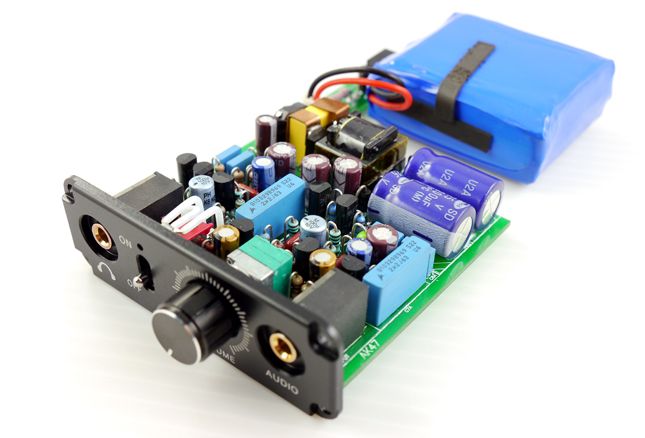
The inner-working
In Sum…
All and all, TA-1 comes close as a top-tier / near top-tier portable amp. Technically it is not as tight as a true top-tier amp that is designed purely from measurement. But it is not sounding so colored that it is hard to enjoyable either, at least not to the casual users who are not strictly limiting themselves to the most transparent of gears. If anything, TA-1 strikes a good balance being musical, if not euphonic sounding while staying relatively neutral – obviously, it is not going to appeal to purists who are seeking a wire-with-gain solution. If you are however interested but still not totally sure about having a portable tube amp, then TA-1 will definitely be quite a good alternative to consider.
A thank to Tube Amp for the sample.
[UPDATE] The TA-1 reviewed here is the original/older batch. The newer batch, which I have not heard, is said to come with 10% lower gain and less imbalance in lower volume so it will go better with sensitive IEM.





